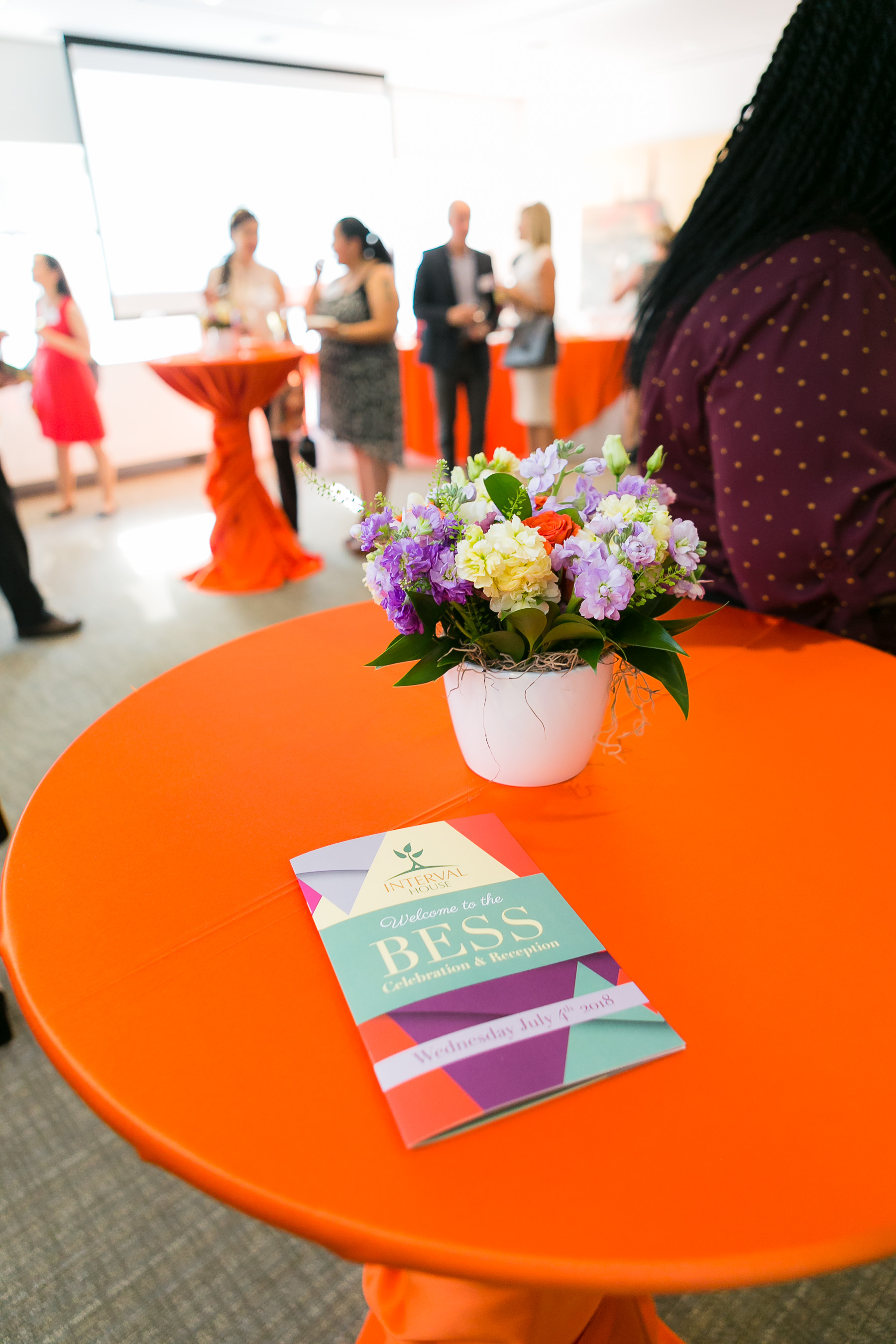
Gone are the days when family violence was largely regarded as a private matter to be kept behind closed doors. And thank goodness for that. People generally understand now that it is essential to support people in leaving their abusers. This is the first and most important step in breaking the cycle of violence, which has far-reaching impacts on the community at large. There are plenty of articles and conversations about the signs of abuse, what to do if you suspect a friend or loved on is being abused, and what healthy relationships look like. But escaping abuse is only one small piece of the very big puzzle of life one must put back together after a toxic relationship.
Did you know that while many abuse survivors don’t have jobs due to financial abuse, many others are forced to leave their jobs when they get out of abusive relationships? If an abuser knows where a survivor works, it can be dangerous for that survivor to remain employed there. We saw the tragic reality of this recently, when Dr. Tamara O’Neal was shot and killed by her ex after breaking off their engagement. Her death sent shock waves through her community in Chicago and across North America. It highlighted the fear and stress so many abuse survivors live with every day. It also got people talking about the important role employers have in protecting abuse survivors and the people around them.
Women shouldn’t have to leave their jobs and all facets of their lives behind because of abuse. Companies can help alleviate that pressure by putting in place strong policies to support employees experiencing domestic violence. These policies can help employees feel safe to come forward about abuse, protect the survivor and their colleagues, and support survivors in accessing resources and emotional support.
A good domestic violence policy should include the following: training for all staff about the signs of domestic violence; emotional supports in place for workers, such as an employee assistance program; a commitment to keeping a survivor employed while prioritizing their safety; flexibility around work hours to allow a survivor to alter their schedule from what their abuser was familiar with; paid leave for domestic abuse survivors; and a safety plan template with resources for people experiencing abuse. Western Centre for Research and Education on Violence Against Women and Children has compiled a handy list of employer tips for dealing with domestic violence as well as a guide to help employers develop a domestic violence policy. These are incredible tools made available to the public.
One in five women experience intimate partner violence. This is a significant portion of the workforce. It just makes sense to have supports in place to keep survivors and the people around them safe. We need to prevent women from being fired or forced to quit their jobs because they are being abused. We encounter far too many women here at Interval House who wind up jobless because their employers are unprepared to face the impact domestic violence can have on their workers and workplace. Even though we’ve moved past thinking family violence should stay behind closed doors, we still have to catch up when it comes to developing employment standards that help rather than further victimize survivors. It’s unacceptable that when a woman finally leaves abuse behind, a moment that should be so freeing can often be very limiting. Without a home or job, life is a struggle. Add to that struggle the immense work of healing from trauma at the hands of the most trusted person in one’s life and the barriers to achieving self-sufficiency can seem insurmountable.
Not wanting to see women victimized and then left behind, the employer partners that are connected with the Building Economic Self-Sufficiency Program (BESS) are true leaders in the campaign to end violence against women. They hire BESS clients, fully aware of their experiences of abuse, prepared to support them as they regain their financial independence. These employers demonstrate how taking a chance on someone who has overcome trauma can be so rewarding for both the employee and the employer. Women who have been through so much finally have powerful advocates in their employers and they are able to focus on something other than mere survival. They finally have their autonomy and are empowered to take pride in their work and their lives. When people feel valued, they work hard and give back. The BESS employer partners recognize this and are highly satisfied with their partnership with Interval House.
Provinces also have a role to play in supporting survivors in the workplace. Saskatchewan recently legislated 10 days of protected leave for workers experiencing domestic violence. A move like this really helps destigmatize abuse survivors by acknowledging their unique needs and promoting the importance of protecting them. Having this leave time can allow survivors to move away from their abusers, attend court dates, and take some personal time to heal after abuse. When the government steps up and prioritizes personal days for people escaping violence, it sends the message to employers that the ethical thing to do is grant leave in these extreme circumstances. It is not special treatment but a necessary provision for those who have endured unspeakable violence at the hands of a loved one.
Abuse can happen to anyone. It can have devastating effects on a person’s wellbeing and independence. The more we can reduce barriers, the less survivors will have to suffer through their healing. Now that friends and loved ones have stepped up to play an important role in ending abuse, it’s vital that we face the new frontier—the workplace. Employers have a responsibility to recognize the critical role they play in keeping their employees safe. Helping survivors benefits the whole community and brings us closer and closer to ending the cycle of violence, for good.









